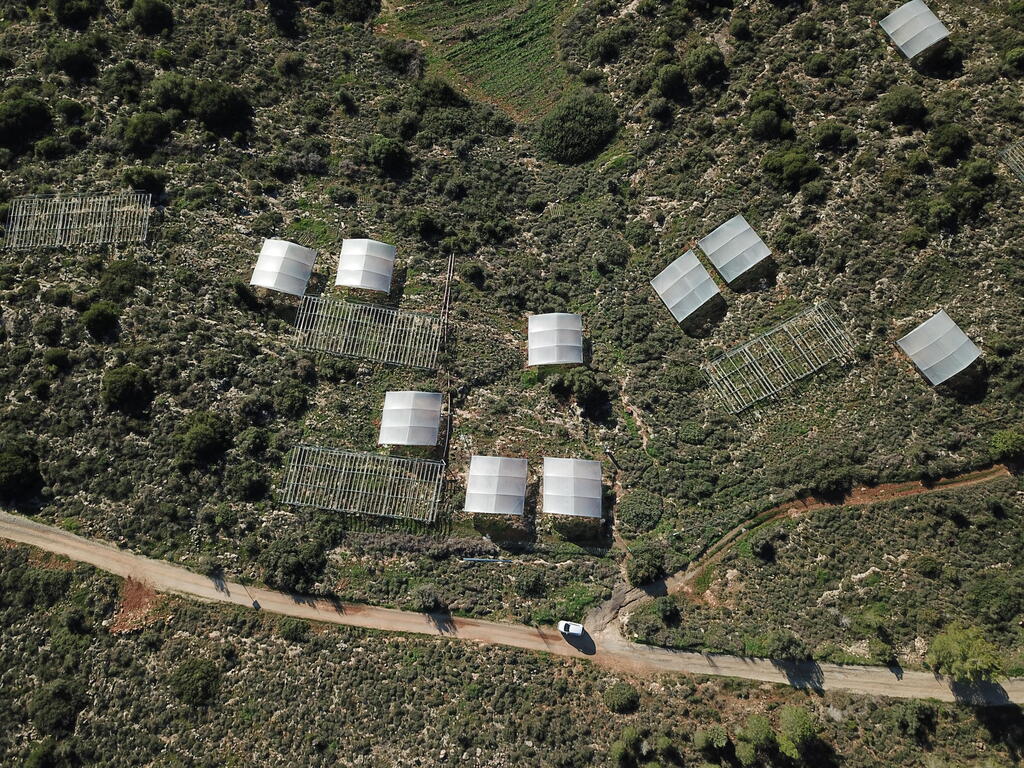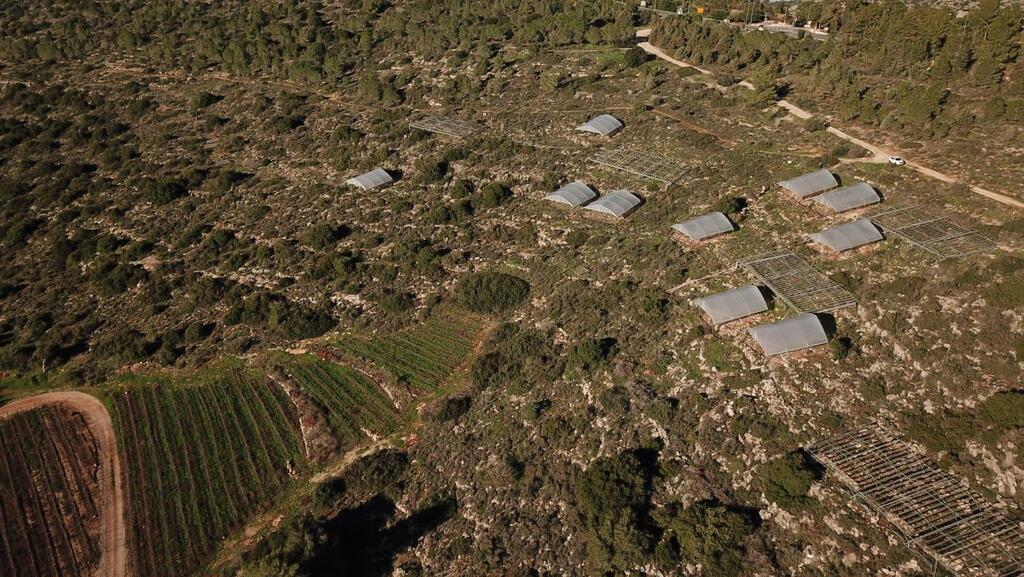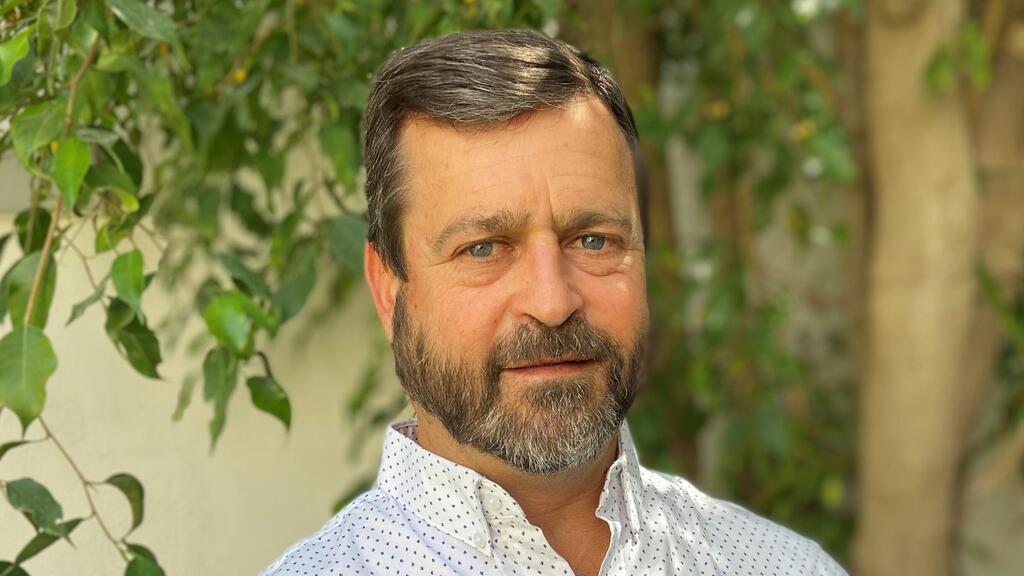Tel Aviv University researcher who took part in the new study says its unprecedented scale and results should make Israel invest in climate change plans
A comprehensive international study joined by a researcher from Tel Aviv University examined the effects of extreme drought on grassland and shrubland ecosystems and found that regions with dry climates and relatively low biological diversity are more vulnerable to extreme weather events.
Additionally, the study found that the ecological system of vegetation in Israel is relatively resilient due to a wide variety of species and diverse survival strategies, but a similar trend to the rest of the world was observed here under conditions of extreme drought.
The study, called the International Drought Experiment, began as part of a global network of stations researching the effects of weather on ecological systems funded by the U.S. National Science Foundation and led by Professor Melinda Smith from the Department of Biology at the University of Colorado.
Some 170 researchers from various countries across six continents participated in the research alongside her. Professor Marcelo Sternberg from Tel Aviv University’s Faculty of Life Sciences also participated in the study. The findings were published in the Proceedings of the National Academy of Sciences (PNAS) journal.
“Due to climate change, an increase in the frequency of short-term droughts, statistically considered to be extreme, is expected,” Sternberg explained. “Events that were once considered once-in-a-century occurrences may occur every two to five years. However, since these events were extremely rare throughout history, scientists didn’t assess their ecological implications accurately. Our global experiment is designed to fill these gaps.”
As part of the study, researchers chose to focus on grassland and shrubland ecosystems. These important systems provide a convenient research base because, compared to other systems, such as forests, they’re relatively easy to manipulate and identify responses within a short time frame.

(Photo: Tel Aviv University)
These systems also represent extensive areas covering the globe, allowing extrapolation of experimental results to other regions; they store over 30% of the Earth’s existing carbon; and support important industries such as grazing for domesticated animals.
Researchers in various countries installed rainfall manipulation structures at each site, reducing the amount of natural precipitation reaching the soil and vegetation for at least one growing season. Half of the sites were exposed to conditions of extreme drought in this manner, while the other half were exposed to more moderate conditions, serving as a basis for comparison.
Researchers at all sites used the same methods to collect and analyze data, focusing mainly on plant biomass production (vegetation weight) and species diversity. The quantitative, uniform and distributed research method enabled a level of accuracy that wasn’t possible in previous studies.
In Israel, the research was conducted at a Long-Term Ecological Research (LTER) station in the Judean Mountains, which has been led by Sternberg for 23 years. The station, belonging to Tel Aviv University and funded in the past by the Science, Technology and Space Ministry and the KKL-JNF Foundation, is the only research site in the Middle East conducting experiments on the effects of drought on ecological systems.

(Photo: Tel Aviv University)
Findings from the current study at the Israeli site revealed that extreme drought affects plant growth and causes plants to increase root growth to optimize water uptake from the soil.
The findings of the international study revealed a wide variety of responses to drought events in different regions worldwide, showing how the vulnerability or resilience of ecological systems is influenced by climate conditions, soil type and vegetation characteristics.
The study found that regions with dry climates and relatively low biological diversity, such as Colorado, are more susceptible to droughts, while regions characterized by a diversity of plant species and survival strategies, such as Israel, are more resilient to climate change but still are affected by extreme droughts.
Additionally, researchers note that the findings significantly exceed previous estimates regarding the impact of short-term extreme drought on grassland and shrubland ecosystems. According to the findings, biomass loss – a key measure of ecosystem function – was 60% higher in extreme drought compared to more moderate scenarios that were relatively common throughout history.

(Photo: Tel Aviv University)
Furthermore, simulations of extremely rare droughts, occurring once every 100 years, revealed a vital process in the carbon cycle – where plants absorb carbon from the atmosphere through photosynthesis – is more affected than previously estimated in previous studies.
“We participated in an unprecedented global experiment that exposed grassland and shrubland ecosystems worldwide to short-term conditions of extreme drought,” Sternberg said. “The extensive study has laid the groundwork for understanding the decline in plant growth indicators in these critical ecological systems.”
“Currently, the international team is analyzing data collected over several years to assess the impacts of multi-year droughts on a global scale. We call on the State of Israel to allocate resources to support long-term research on climate change and its impact on our ecosystems, aiming to build models that will enable informed decision-making and knowledge-based management in this vital field,” he added.
